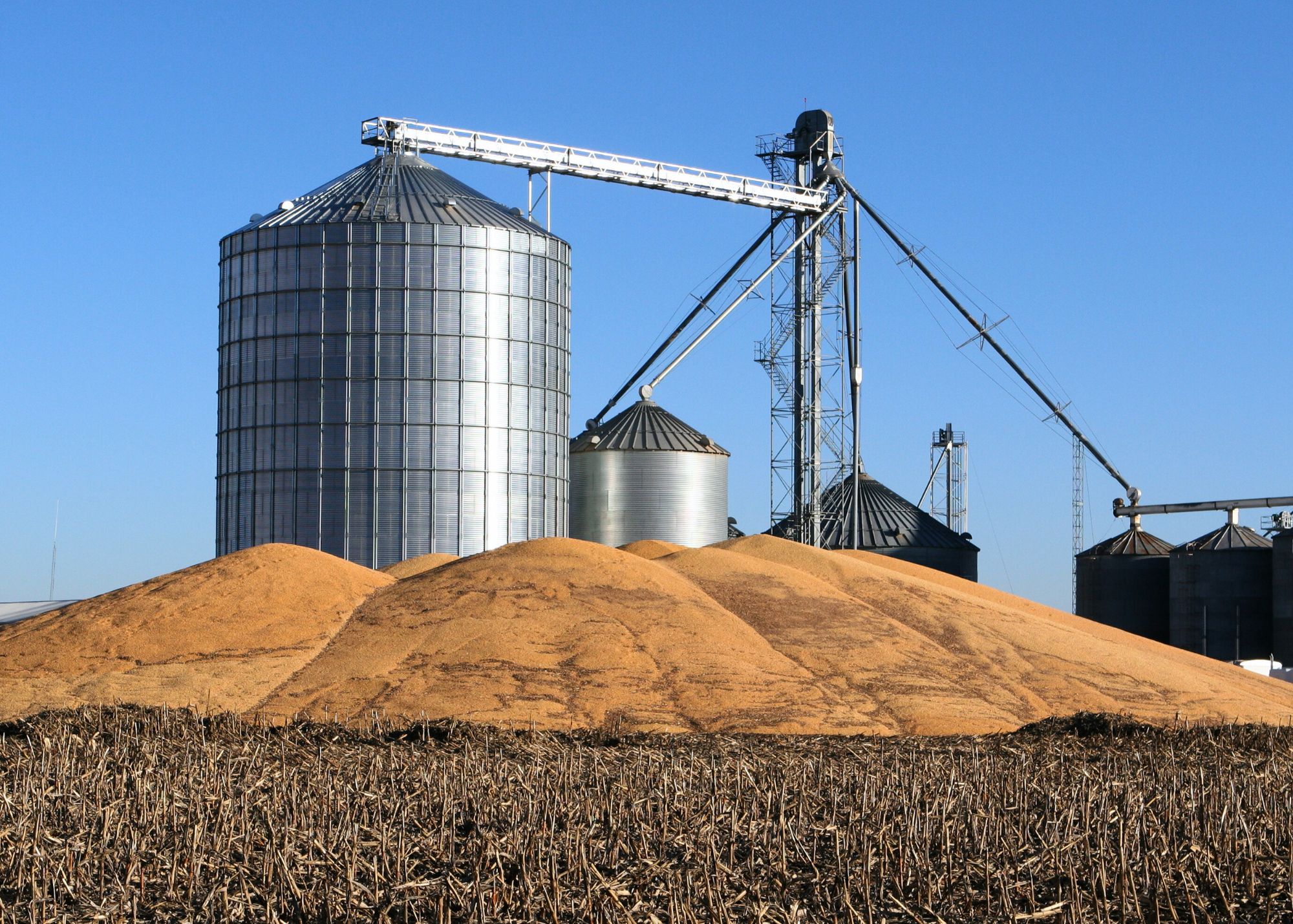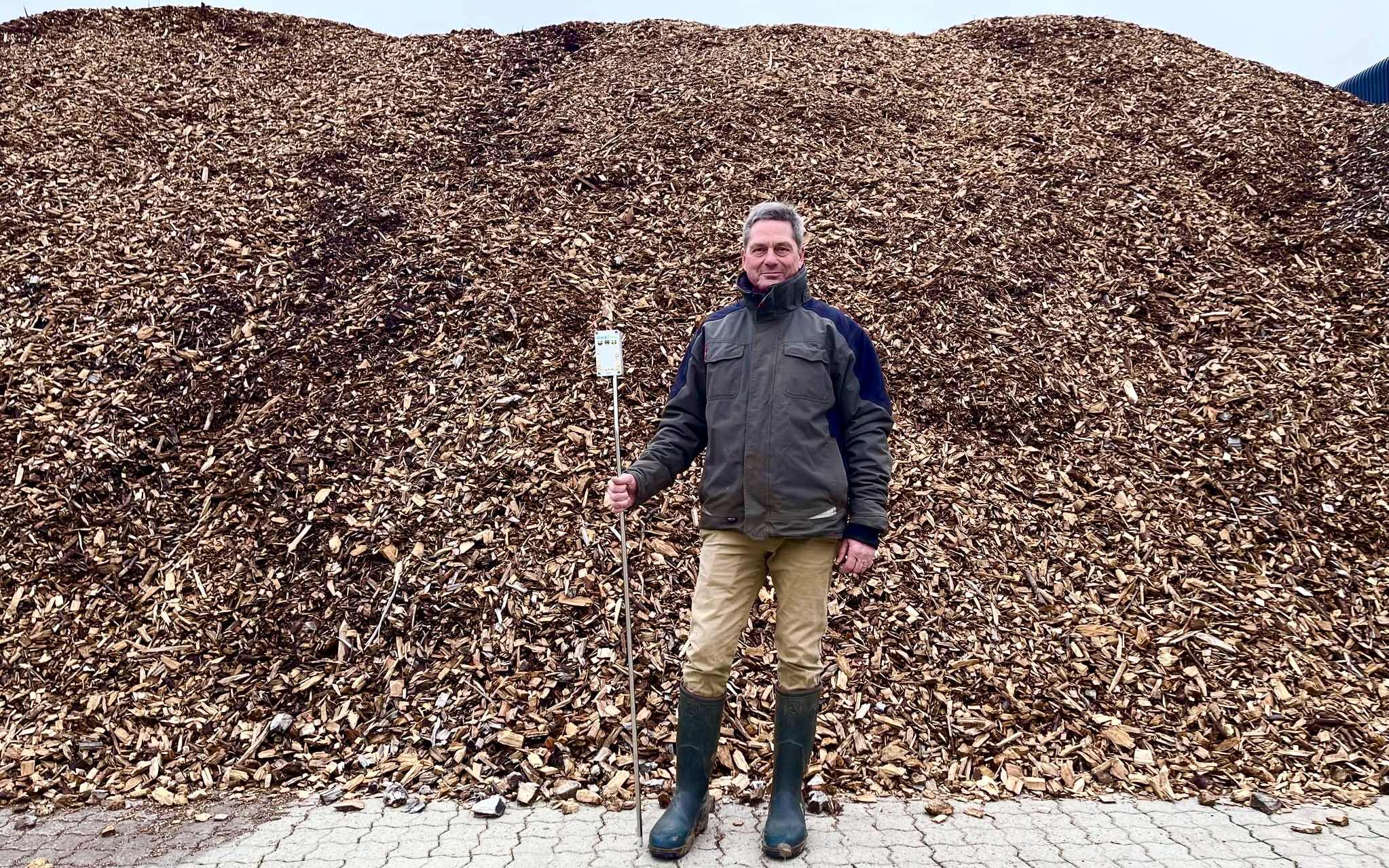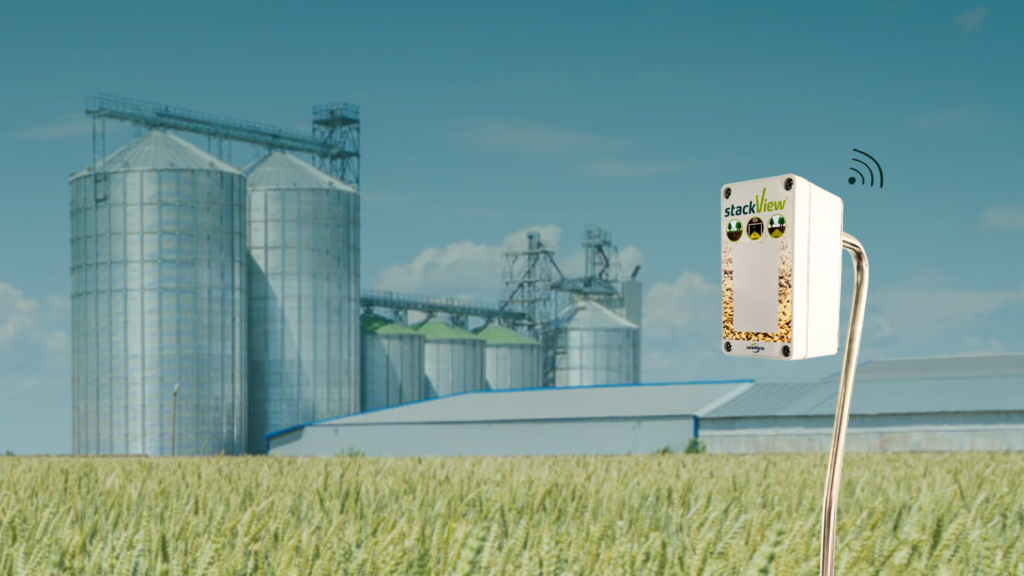The quality of the grain is highly determined by the weather during the growing season, but also by crop rotation and growing conditions. Regardless of whether the quality is good or less good, it is important to maintain the quality obtained after harvest, so that the crop is in as good a condition as possible when it is delivered. This is both for the sake of food safety, but also to meet the quality requirements for the crop and achieve as good a settlement price as possible.
The grain store
The grain storage must be suitable for storing food. This means, among other things, that there must be a solid bottom and there must be good opportunities for cleaning.
Cleaning the grain storage
A thorough cleaning of the grain storage is important to maintain the quality of the grain. Remains of old grain in the grain store form a breeding ground for the transmission of pests such as grain beetles and grain mites to the new grain. Certain stock fungi and toxins can also overwinter in old grain and, in worst case, ruin the new harvest. It is also important that pebbles and other foreign bodies are removed from the warehouse, as they can cause tooth damage if they occur in the flour we buy in the supermarket. The warehouse must also be free of residues of GMO products as well as of foreign odors (diesel oil, fishmeal, etc.), as the odor can otherwise be transferred to the flour.
Tips
- Begin cleaning at the top with compressed air and end at the bottom with a shovel, broom and vacuum cleaner.
- Clean along edges and cracks and also remember that there may be remnants of grain in the air ducts, grain elevators and the grain pit.
- Examine the warehouse for any holes and leaks and repair these to keep mice, rats and birds out.
- Never use water in the cleaning as it creates good growth conditions for beetles and mold.
- The old grain, that is in the grain elevator when it is turned on for the first time, is collected and removed from the grain storage.
Pest control
It is important to prevent pests at the grain warehouse, as these can significantly reduce the value of the grain. The most common pests include mice and rats, which in addition to consuming the grain, can also transmit diseases. Cats and birds are also large spreaders of infection, including birds can transmit salmonella to the grain. Other stock pests include moths, mites and grain beetles. Certain mites gnaw at the germ of the kernel and destroy the germination of the grain. When the larvae of the grain beetle breathe, they contribute to heat generation, which can lead to the formation of condensation and mold.
StackView
StackView is an efficient wireless temperature and humidity measuring tool that monitors the temperature and humidity in grain storage facilities. By automatically collecting data in real-time, StackView helps detect potential issues early. By customizing alarms, one can receive alerts when the temperature rises, preventing quality deterioration. By keeping StackView in the same location, one can directly retrieve a logbook from their StackView. This makes it easy to observe and document the development over the storage period. logbog fra ens StackView. Dette gør det nemt at observere og dokumentere udviklingen over lagerperioden.
Discover more:Ensuring the quality of grain and seed storageis



